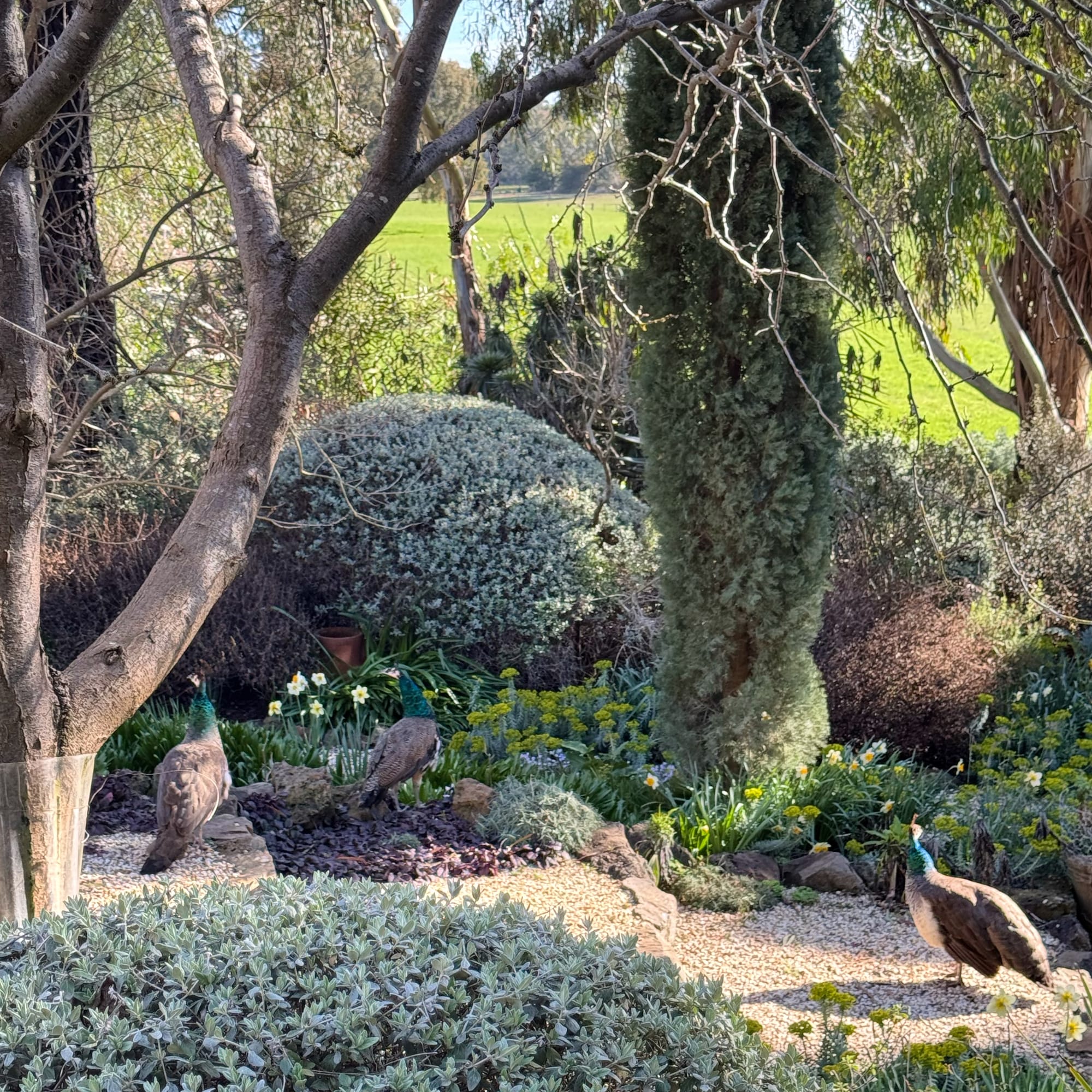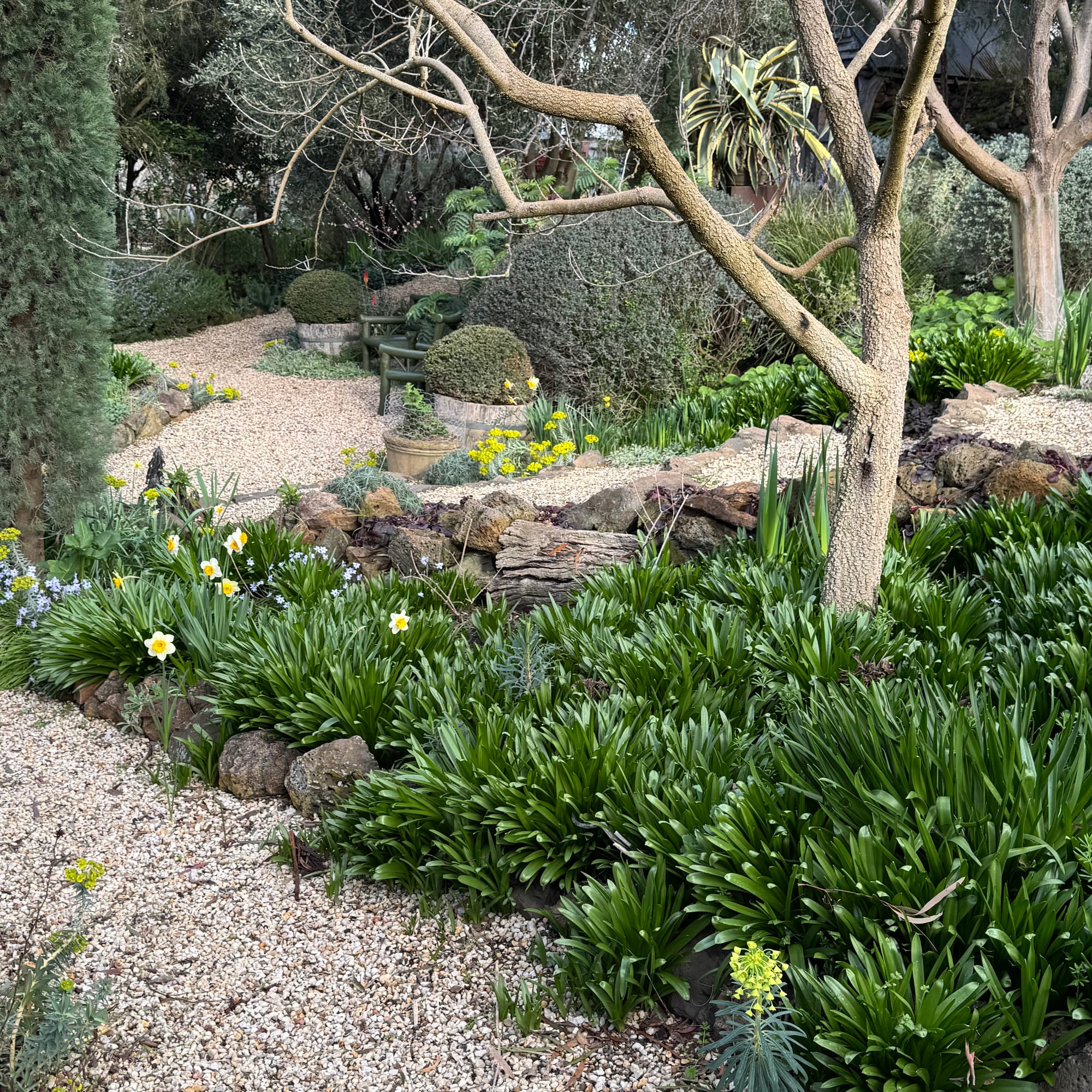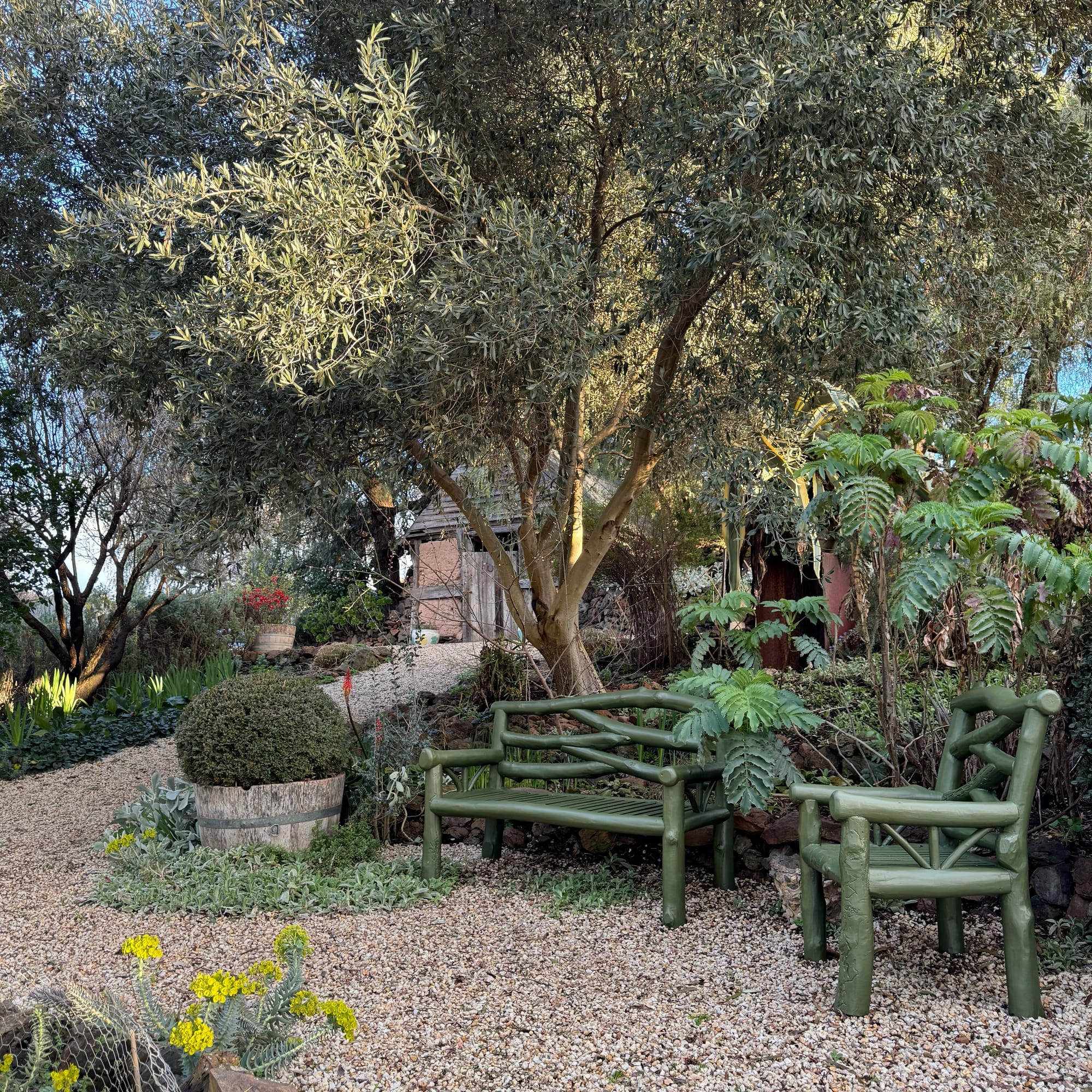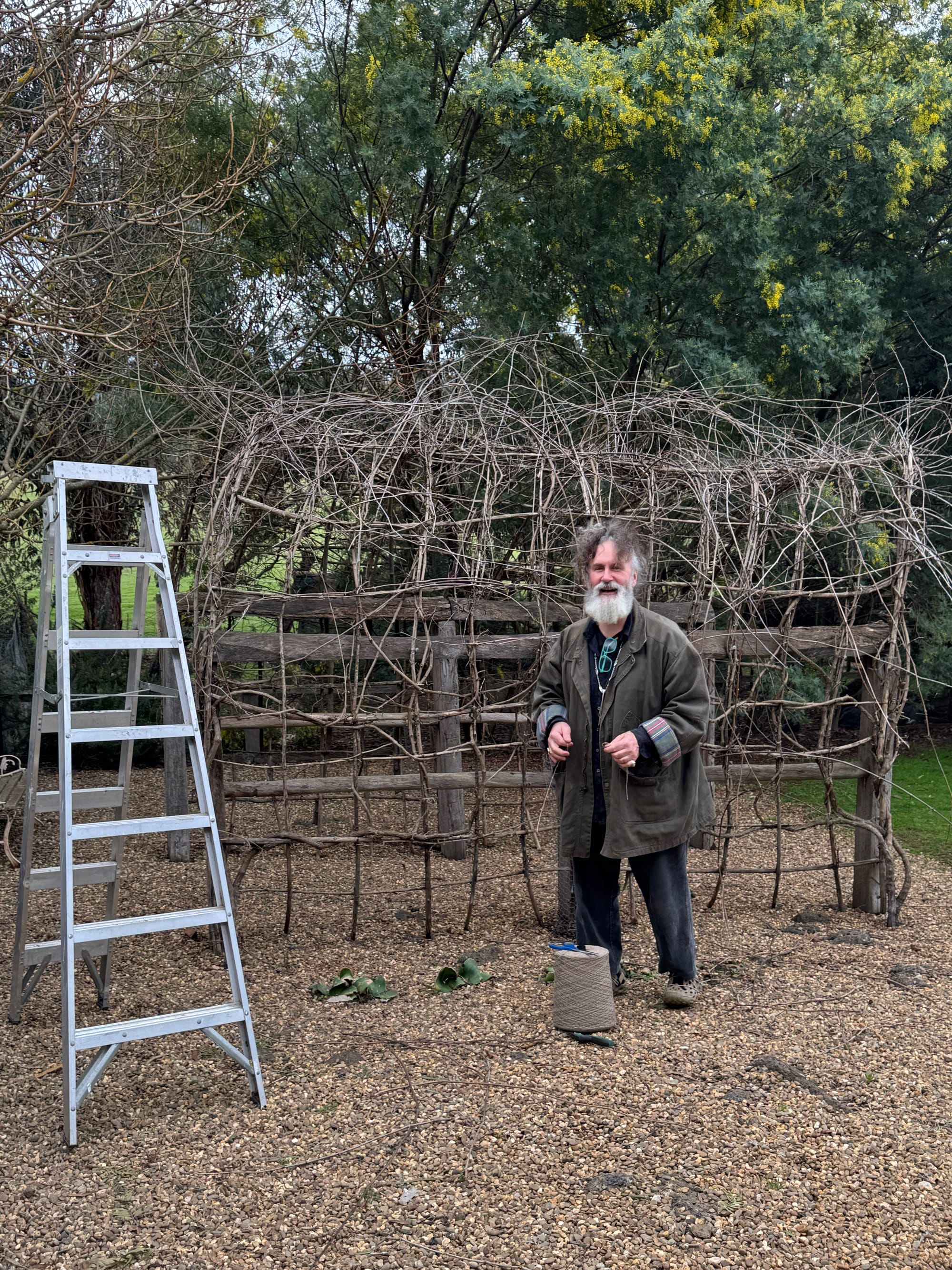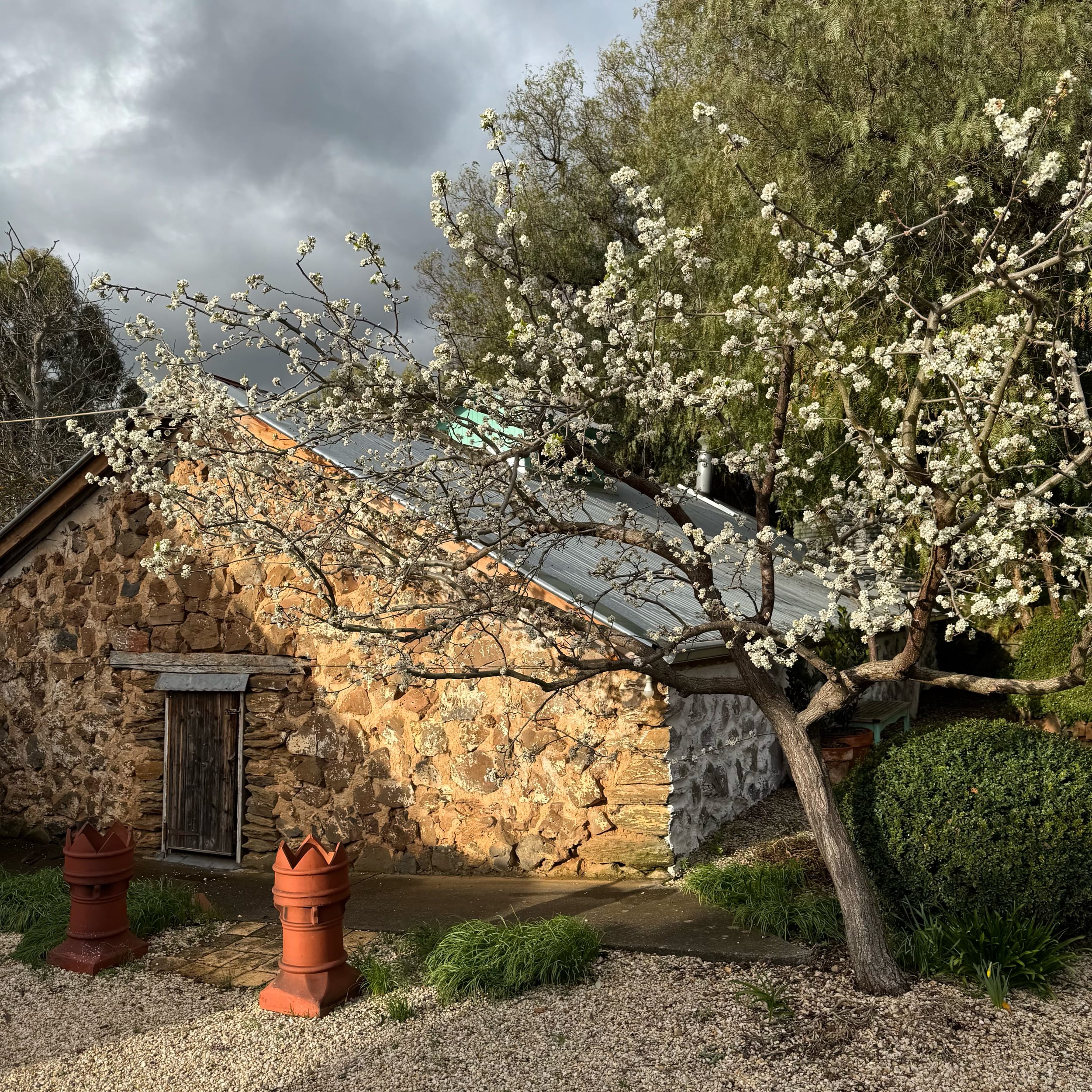
Gardening in a drought-prone place of temperature extremes is not for the faint-hearted, but Jeremy Valentine loves a challenge. Here’s the latest instalment of In the Weeds, his monthly newsletter for Galah.
For a time in the ’80s, I went to school in Nambour, on Queensland’s Sunshine Coast.
Back then, it was an unfortunate town, of sorts, miles from the beach, burrowed deep in a hot, humid valley and dominated by the hulking steel monster of the sugar mill.
It had colloquial charm at best. Its main attraction was late-night shopping every Thursday, when shoppers vied for footpath space on Currie Street with a million cockroaches.
It also had a few noteworthy gardens. One in particular, owned by the "unusual" Mr Mackintosh, was on the school bus route on the bend to St Joseph's primary school.
Everyone on the bus found his proud patch of paradise-on-display hilarious. Clearly crippled with some form of horticultural OCD (we decided), he had the best, greenest lawn on Earth – an emerald, perfectly flat, perfectly square front lawn that defied gravity. It seemingly hovered above its razor-sharp edges, each blade of grass standing to attention.
Yet the lawn’s magnificence, this vision of perfection, was obliterated by a haphazard scattering of a dozen or so clean-skin plastic drink bottles filled with water.
They apparently deterred the dogs.
It was clear Mr Mackintosh saw only his lawn’s imaginary, terrible flaws: a yellow, dog-piss spot, an imposter of bindi. Worse still, no-one would ever dare walk upon it. There were more signs telling the world to "keep off" than a nuclear disaster hotspot.
It was a classic case of what I now understand as Gardener's Dysmorphia (a term I've invented). And, although to a lesser degree than Mr Mackintosh, I think I have it, too.
I have clear, often unobtainable standards. If there are flaws, they must be at least romantic ones. I want blight-free growth. Gravel must be finessed so it’s neither overly manicured nor untidy. Weeds are eliminated, unless I've decided that they look charming. And atmospheric beauty must be heady and authentic.
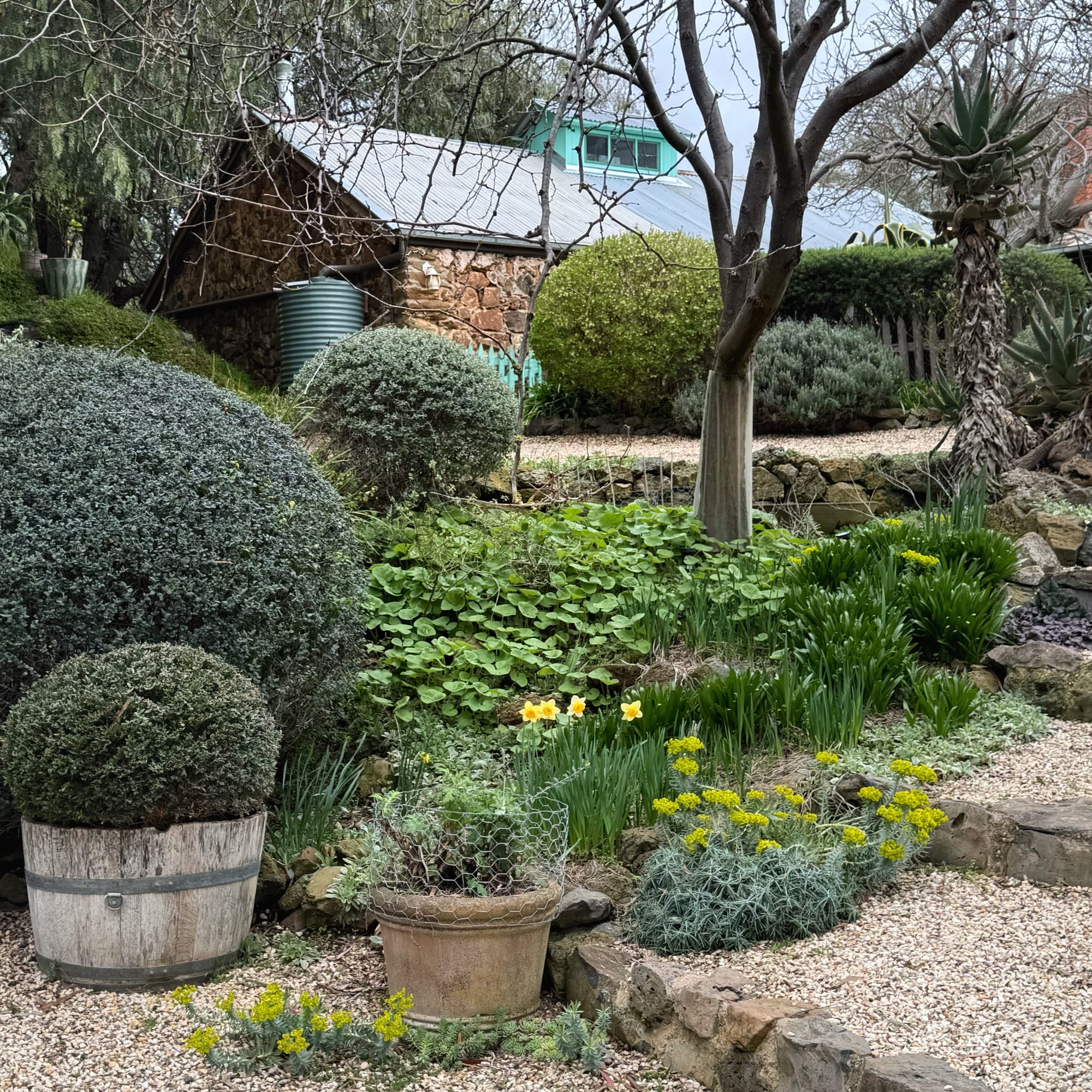
The desire for perfection is limited to my own garden. In anyone else's garden, I find that everything is lovely. My own peculiar self-imposed standards for our own garden are instantly furloughed in the gardens of others.
Last week we had the pleasure of visiting new friends who live in a magical, historically significant house, built as a kind of imposing folly, in true Victorian-era fashion.
It comprises a taller-than-usual two-storey brick house with a handsome symmetrical facade. There are two grand original garden statues: one fallen Dionysus, the god of wine – ironically legless – and one voluptuous classical lady, a kind of Diana with a pear-shaped bottom, surrounded by a rambling thicket of a garden where every corner keeps its secrets close.
Lou said to me in a message before our trip, "Just close your eyes to the state of the garden – just put on your big-picture specs – you know, those ones that don't show winter lawns and weeds."
What Lou didn't realise is I already had them on.
At their property, tucked along the hip of Concongella Creek, I laid my eyes on a garden that meandered along hidden paths of intensely planted beds. Weeds and winter lawns were in perfect harmony with an old-world garden bursting with the signs of spring and the scratchings of new projects, in an optimistic state of flux.
I simply looked beyond any aforementioned flaws that, in my own garden, would niggle away at me. Instead, all I saw was pure, boundless beauty, and the love our friends had for a place that had stolen their hearts.
On our return home, I wandered around our own garden, bathed in the last golden gleam of the sun.
It was beautiful, just as it was, just like Lou and Mark's garden. Yet my gardener's dysmorphia got in the way. Within two minutes, I'd pulled a few weeds, scorned the rabbits for furrowing holes through the gravel, and unnecessarily raked the paths in an attempt to regain a sense of connection, or order – I can't decide which.
I wondered if everyone, to some degree, is the same.
It's so easy to focus on the negatives when you're attempting to bend nature. And yet, the rest of the world, less familiar than your own, is a bigger picture all the more lovely.
Meanwhile, in Nambour, Mr Mackintosh's lawn is no more. It's been replaced by a collection of grey, upmarket townhouses, almost completed.
The sign on the real estate board says "Love where you live" and "Paradise found".
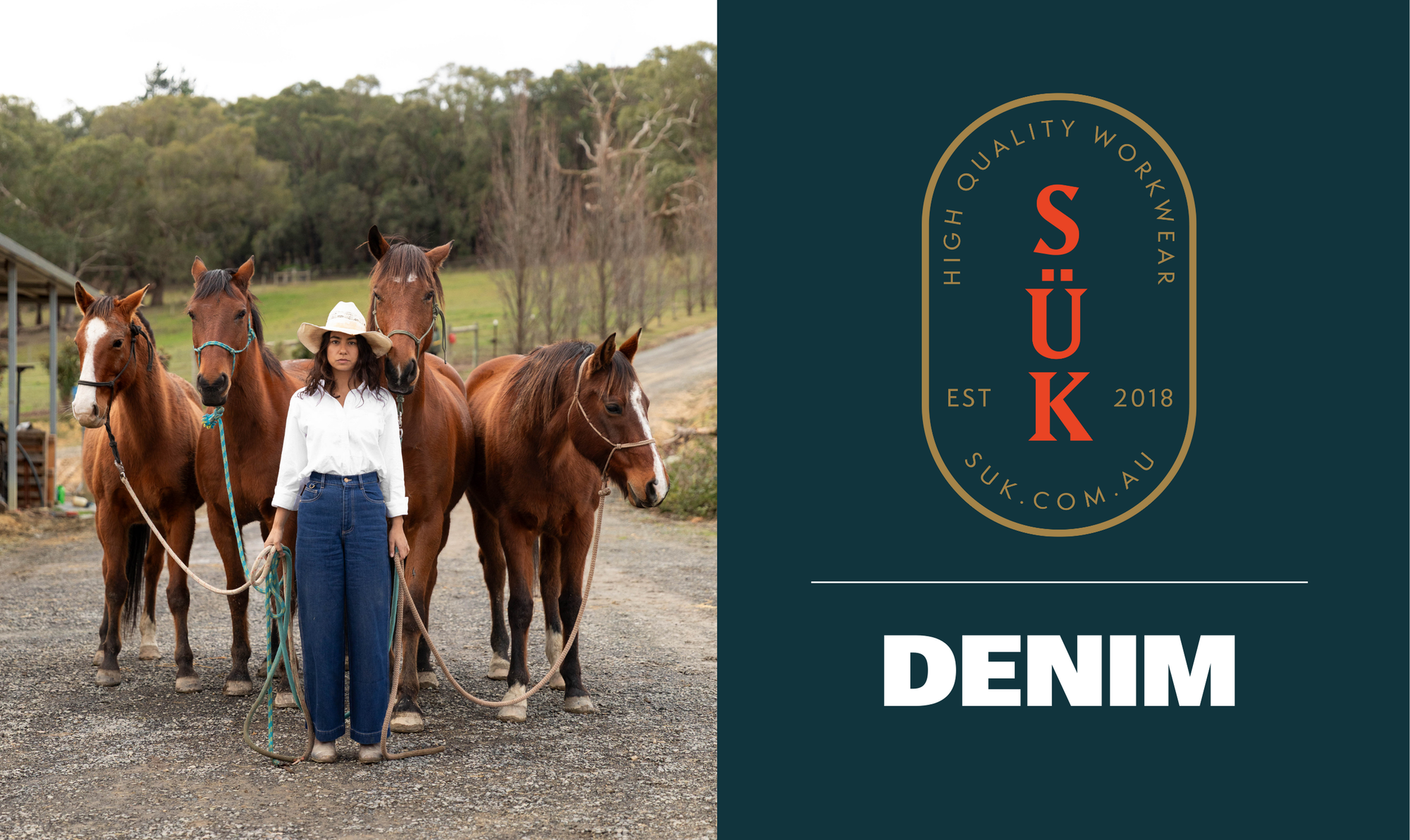
For years, Galah has adored SÜK's canvas workwear. And now, SÜK DENIM has arrived. It is fabulous.
Shop SÜK DENIM now. Dynamite fits across an extensive size range, made the old-fashioned way from 100% Fairtrade cotton in a deep, satisfying, workers’ blue.
Made to wear in, not wear out.
